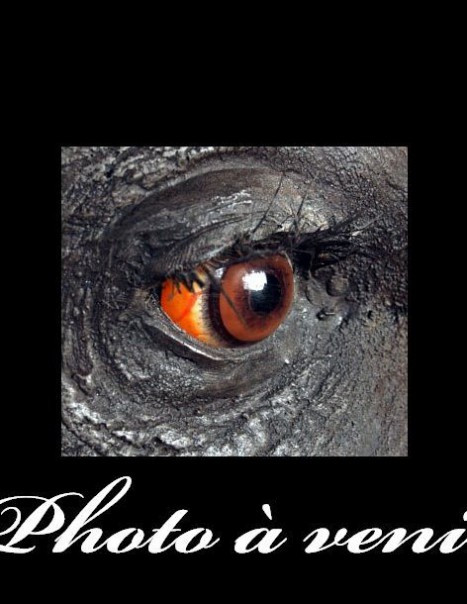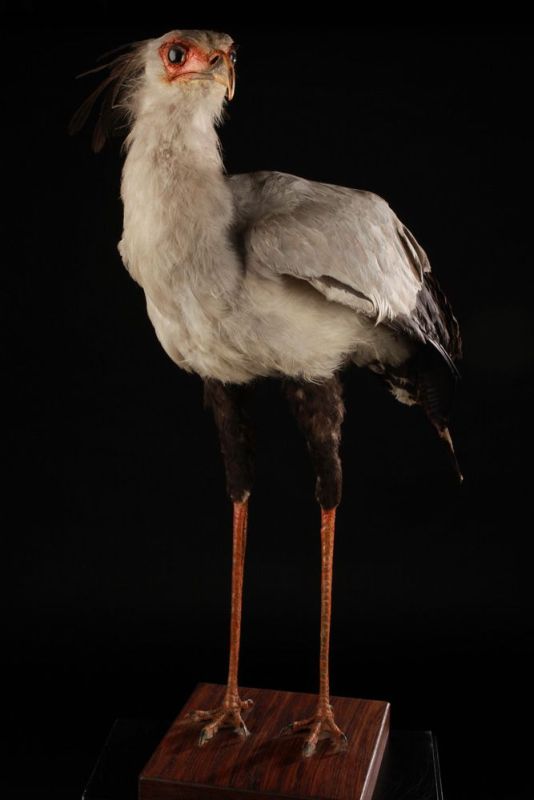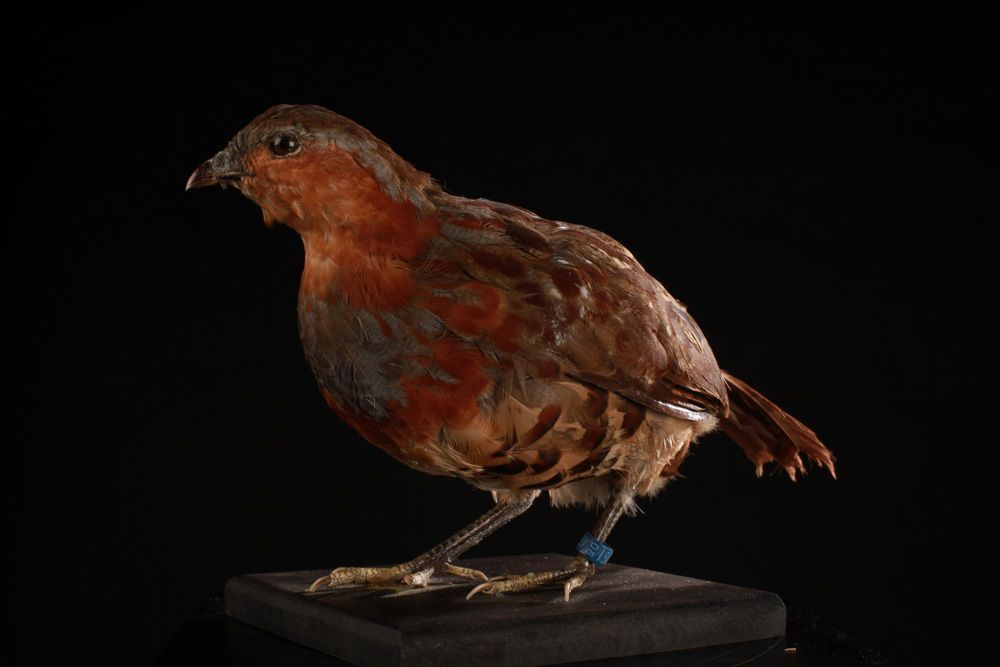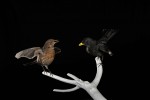Scarlet macaw – Ara macao
The beak is powerful, hooked and black, except the upper mandible is horn or light gray color. The eyes are pale yellow. Legs and feet are dark gray zygodactylous to blackish. Both sexes are similar, and the Juvenile has shorter tail than adults, and her eyes are dark. It reaches sexual maturity at the age of 3 or 4 years.There are two subspecies. They differ in the distribution, and the color of the wings.
- Ara macao macao in Brazil
- Macaw cyanoptera in Central America.
It attends a variety of woodlands, from deciduous forests and open woodlands, edges of pine forests, to lowland forests and wooded galleries along the streams, pastures and crops with a few clumps of trees. One can find from 500 to 1000 meters above sea level locally.
It lives in Central America and northern South America from the extreme eastern Peru to Brazil. It may perform some seasonal movements according to the food resources.
The Scarlet Macaw feeds on seeds, nuts, fruits, leaves, bark, flowers and nectar. Birds of Central America consume seeds in conifer cones and peeling, dropping a rain of scales, to extract graines. It sometimes consumes the clay on the banks of rivers, probably to digest chemical poisons contained in the green fruit which it feeds.
This species is noisy. Usually seen in pairs or family groups, are also found in small groups of about twenty birds. Many of the bands may be attracted by abundant food source. The groups are very noisy when they get to the dorms or they leave in the morning to the feeding areas by performing spectacular flights. This bird is shy and wary, flying out crying if disturbed. It is an arboreal species. It feeds and rests in the canopy of large trees, they have large territories and nest in holes in tall trees.
The Scarlet Macaw is monogamous and the pair is welded for life. The partners perform reciprocal smoothing feathers, and lick the face each other. The breeding season varies according to location and mates for life. It nests in a large cavity, a hole in a large tree, between 7 and 40 meters above the ground, in the upper part of the canopy of the rainforest in the middle of dense foliage. The female lays 2 to 4 white eggs. Incubation lasts about 24 to 28 days, provided mainly by the female.
The young are fed by both adults, regurgitation of food. They remain in the nest about 14 weeks and still stay with their parents after fledging, for one to two years. This species produces one brood every two years. The life expectancy is 40 to 50 years in the wild and 80 years in captivity
It is threatened by habitat loss, with the destruction of rainforests. Traps for illegal trade are also a major threat to the species.





